Aviation runs in Mohammad Tawfiq Safi’s blood.
As a child in Afghanistan, Safi dreamed of following in his father’s footsteps and becoming a pilot. He attended the Afghan air force academy and, after working with a nongovernmental organization, joined his brother in the active duty military in 2012.
Safi became a colonel in the Afghan Air Force, and commanded the air wing in the major northern city of Mazar-i-Sharif. He flew the A-29 light attack plane, C-170 and C-208 reconnaissance and attack planes, and the C-27J military airlifter.
RELATED
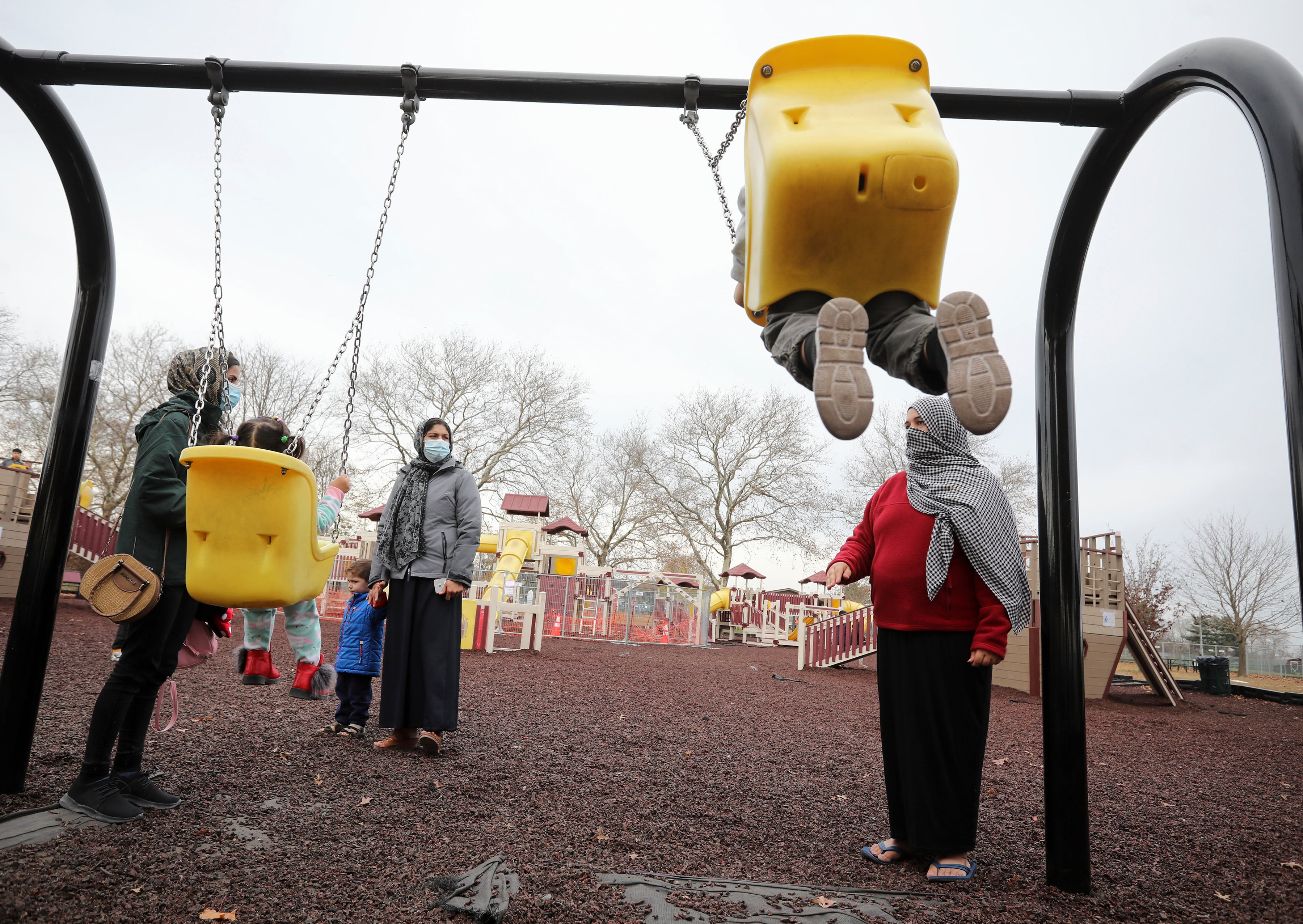
He learned the craft in the United States, first in undergraduate pilot training at Laughlin Air Force Base, Texas, and later at Moody AFB, Georgia, for A-29 pilot and instructor courses. His time in combat ended Aug. 14, when he accidentally crashed a C-208 in a last-minute effort to relocate and keep military planes out of Taliban hands.
Now Safi is again on U.S. soil, this time in limbo at Fort Pickett, Virginia — the Army installation housing him and other Afghans who fled the country when the Taliban returned to power over the summer. He is one of about 1,000 members of the Afghan Air Force, its special operations branch and their families who left Afghanistan in the past few months with the help of an impromptu coalition of Americans known as “Operation Sacred Promise.”
On paper, these Afghans seem primed to live the American Dream in their chosen field, with specialized flight training, military and leadership prowess, and English-language skills. But hurdles to their success persist, despite a national shortage of commercial and military pilots and the $89 billion American taxpayers have already spent to train Afghan troops in the U.S. and abroad.
“If there is any opportunity to still work as a pilot, or on the Air Force aircraft … I would be lucky,” Safi told Air Force Times.
‘Rapidly deteriorating’
Even after a historic airlift effort evacuated 124,000 people from Afghanistan over the summer, thousands more are still banking on their partnership with U.S. troops as a way out.
Operation Sacred Promise can vouch for around 2,000 more people who are still in Afghanistan, and has talked to another 8,000 or so who are still being vetted. More than 7,000 people served in the Afghan Air Force, according to a 2021 estimate by the International Institute for Strategic Studies.
Leading the charge to get families to safety is David Hicks, a retired U.S. Air Force brigadier general who commanded NATO’s air advising and training effort in Kabul from 2016 to 2017.
While American troops withdrew from the 20-year war this year, Hicks kept tabs on the Afghan pilots and maintainers from his home in Las Vegas.
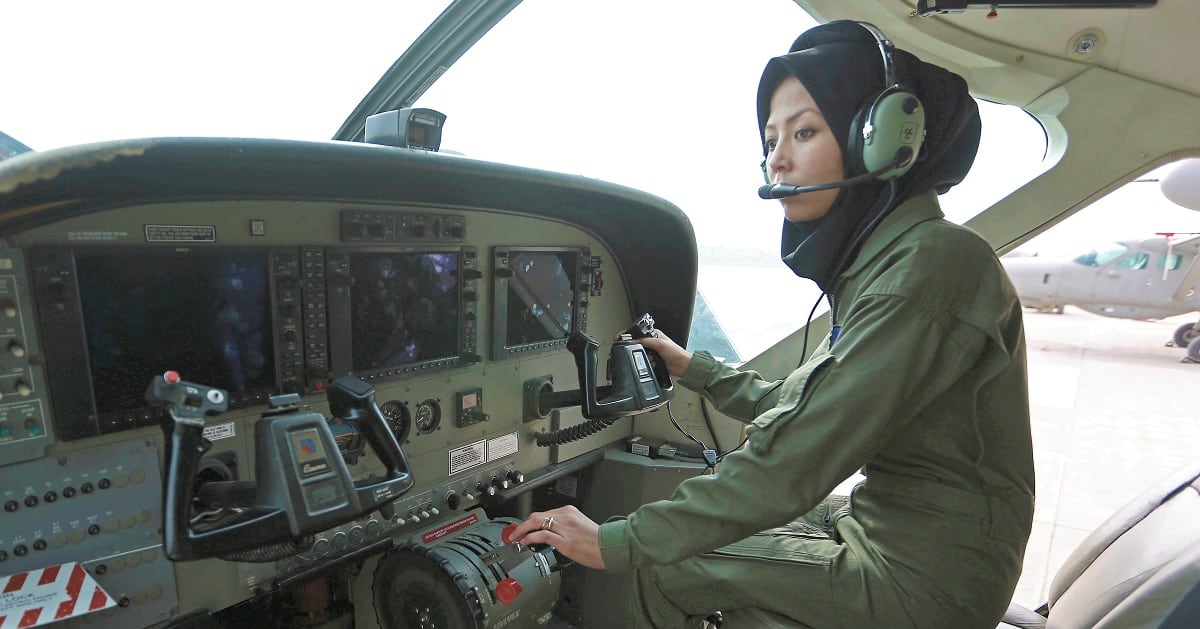
“As we got into August, you could tell that the morale was low because the contractor maintenance and weapons being shipped over, all that stuff started to cease,” Hicks said. “Their ability to fight was rapidly deteriorating.”
The 373rd Fixed Wing Squadron, an airlift unit of C-130s and C-208s, flew at least 15 missions a day in support of coalition forces over the summer, Lt. Col. Safia Ferozi, the first female commander of an Afghan combat squadron, told Air Force Times.
First Lt. Sayed Jawad, an airlift pilot and instructor who requested his last name not be used for fear of retribution, said he flew more than 11 hours on most days starting in June as they tried to hold off the Taliban. Now it feels as if their hard work was for naught, he said.
Preparing for the worst, Safi, the colonel, said AAF commander Lt. Gen. Abdul Fahim Ramin told him to leave once the Taliban took control of the Afghan National Army’s 209th Corps there in Mazar-i-Sharif. That came to pass by mid-August as the Taliban closed in on all major Afghan cities.
Hicks and about two dozen others grew increasingly dismayed about the apparent lack of a plan to get their Afghan teammates to safety — so they got to work.
RELATED
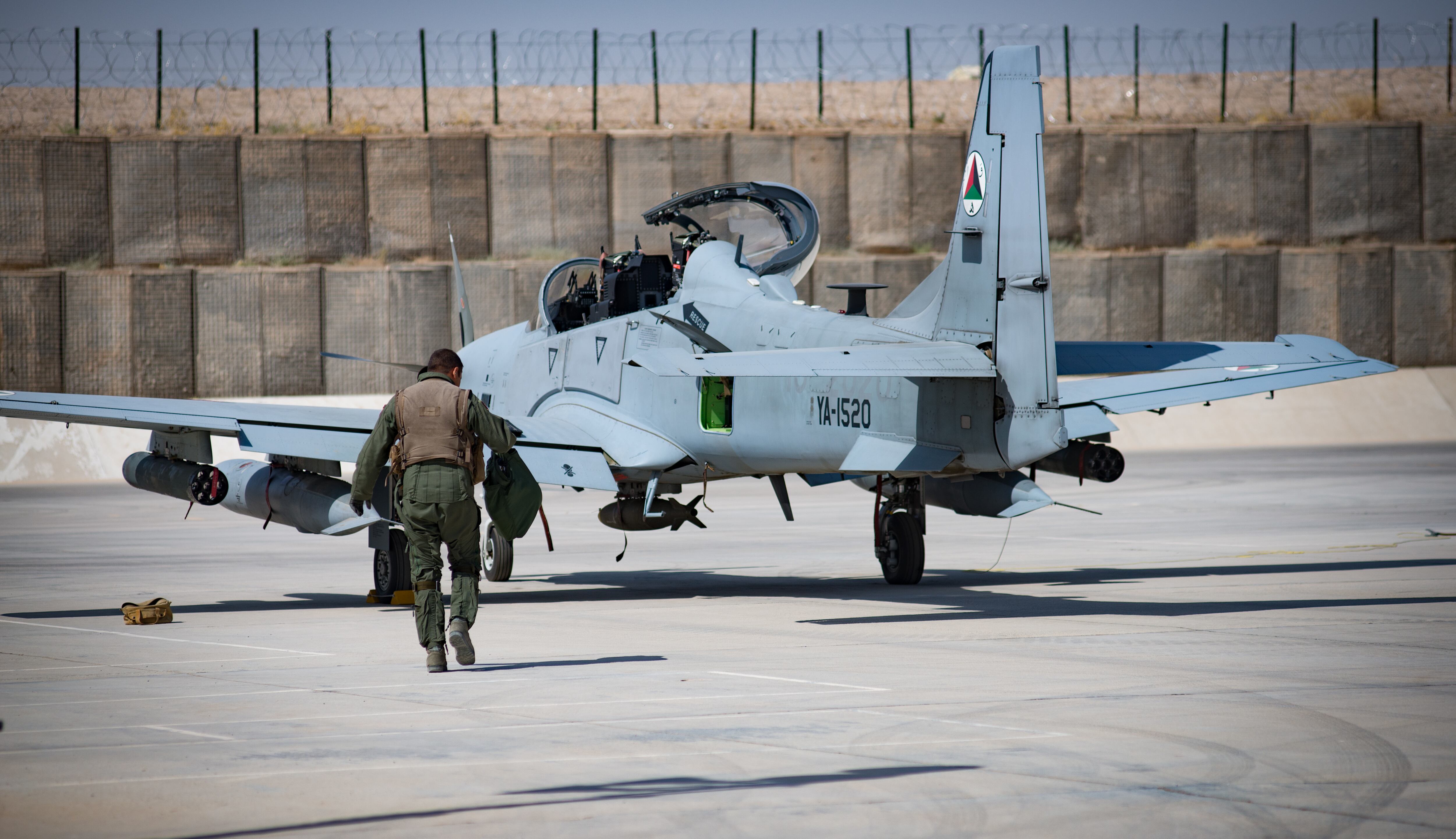
American troops guarding Hamid Karzai International Airport wouldn’t talk directly to the Afghan airmen unless military officials agreed to let them through the mobbed gates, Hicks said. Wearing an Afghan military uniform was out of the question, as was spending too much time near the Taliban-surrounded airport.
So Hicks’ crew got creative. They enlisted the help of the 81st Fighter Squadron at Moody, where around 100 Afghan pilots and maintainers trained on the A-29 for more than five years.
Veterans, former instructors and contractors from the south Georgia base photographed the wall of graduates at Moody to send pictures with names to U.S. troops and other helpers overseas. This allowed people on the ground to use the photos to identify pilots who needed transportation within Afghanistan, or to enter the airport.
“We would pull down … imagery off the Internet, or Google Maps and put pins on it,” Hicks added. “We had the ability to track Taliban checkpoints over open-source Internet, so we could maneuver the families around … almost [in] real-time. They would keep their location tracking on so our guys could track or talk to them.”
Their ideas helped get about 400 Afghans to Kabul and out of harm’s way. Hundreds more have left so far, including many who were detained in Uzbekistan, Tajikistan and later routed through the United Arab Emirates on their way to the U.S.
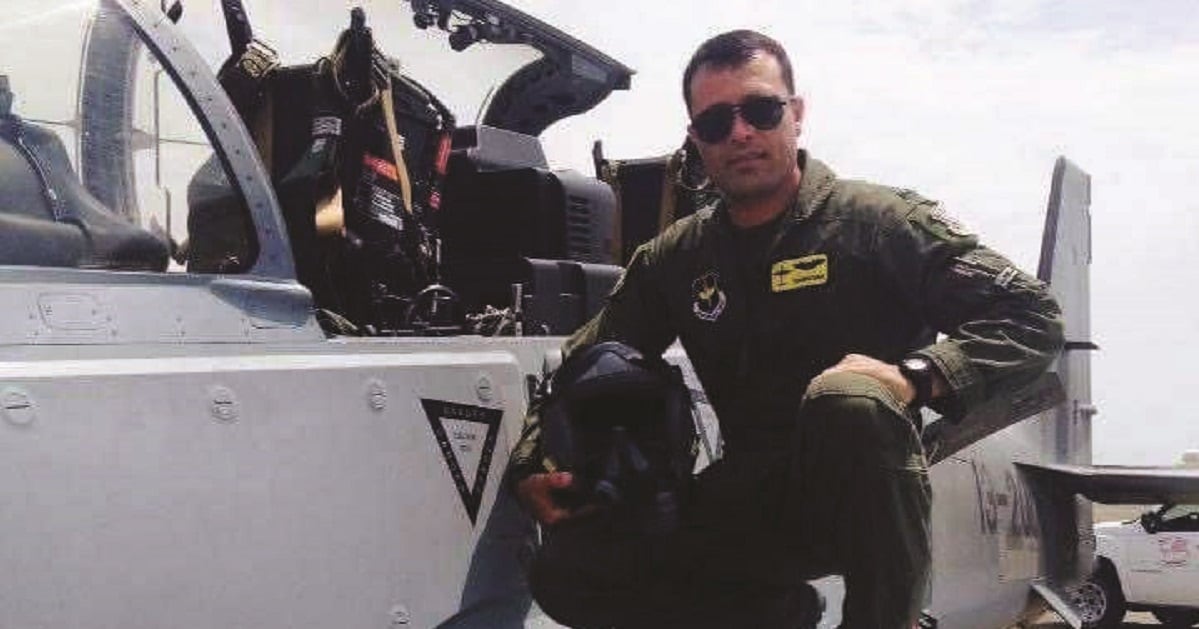
Operation Sacred Promise has grown to more than 100 volunteers, and will likely continue to expand as it takes on more work supporting Afghan resettlement, Hicks said.
A new life
The former one-star general launched a foundation in September that aims to offer Afghan newcomers additional support, on top of the limited assistance they receive from the federal government and local resettlement agencies.
He hopes to give them the best possible shot at new lives through language and job training, like partnerships with flight schools and airlines, plus legal assistance and support for basic life needs.
For example, Del Sol Aviation, a flight school in Albuquerque, has devised a path to get the Afghans the U.S. tests and certifications they need to become commercial pilots, Hicks said.
RELATED
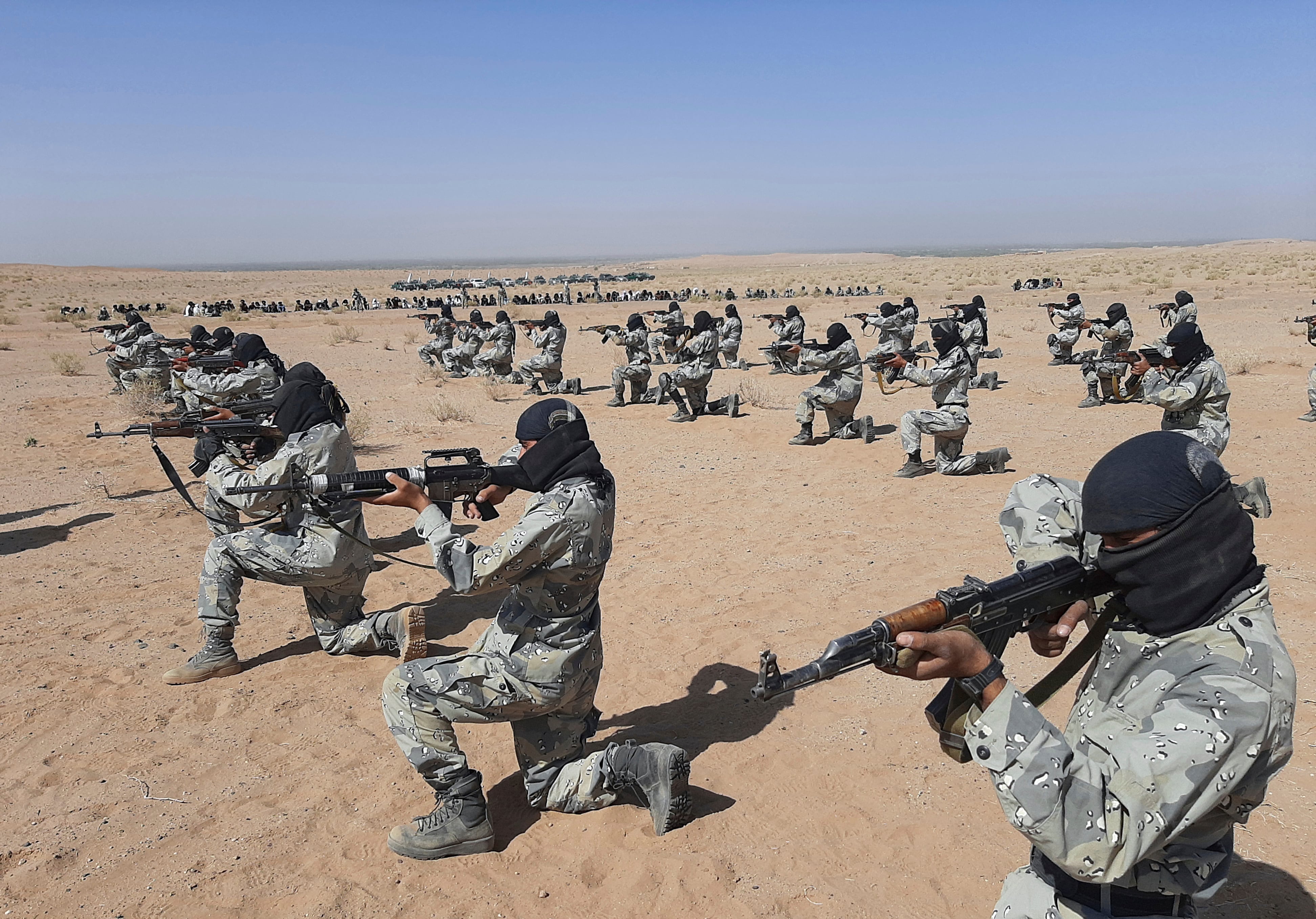
“FedEx, or at least their subsidiary companies, has the largest fleet of C-208 aircraft in the world,” he added. “We’ve got a couple hundred C-208 pilots that have a lot of flight time that could probably fall right into doing the job.”
Most of the six Afghan airmen who spoke to Air Force Times can’t wait to get back in the cockpit. They acknowledge that effort will be complicated at best, and insurmountable at worst.
One issue is proximity to a company that could help them through the certification process. Another is cost — a burden for people starting over from scratch.
“I went to [Uzbekistan] and came to the U.S. with just a flight suit. Everything is left in Afghanistan,” said Safi, who is asking friends to help defray the cost of aviation courses.
Some have started thinking through the logistics of joining the U.S. military.
Lt. Col. Latifi supported airstrikes, reconnaissance missions and special ops troops for years as operations chief of the Afghan Air Force’s Operations Intelligence Center. He’d like to use that command-and-control knowledge in the U.S., too.
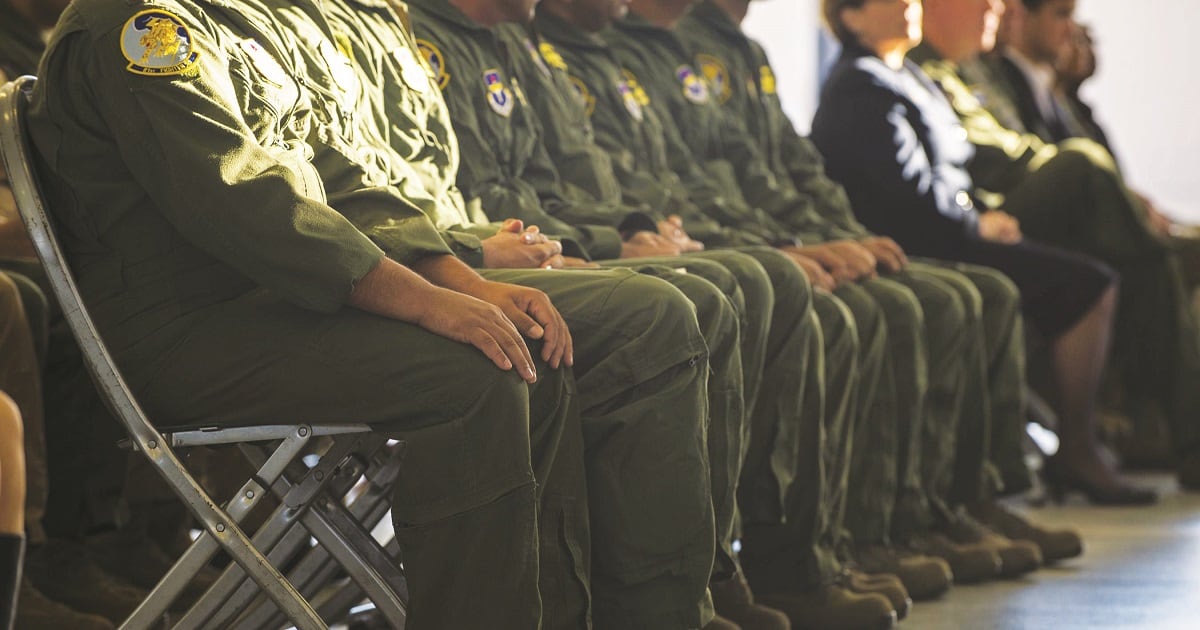
But it’s unclear whether or how soon Afghan Air Force members could take on a parallel career in the U.S. Air Force due to citizenship and schooling requirements.
“I know, in the other services, that [foreign-born accession] has happened before, and I think it’s happened before they’ve gotten citizenship. We’re just starting to research the details of that,” Hicks said.
Noncitizens can join the U.S. military once they live permanently and legally in the United States, hold a green card, and speak, read and write English fluently.
Afghans who have not become U.S. citizens can enlist in the military if they meet those requirements, but are barred from entering as a commissioned or warrant officer — and therefore from becoming a pilot. They may still reach the cockpit if they cross-commission into the officer corps once they earn naturalized citizenship.
Another program that recruits legal noncitizens with in-demand skills, called Military Accessions Vital to National Interest, previously brought in about 5,000 people per year starting in 2008. The initiative has slowed to a trickle in the past few years, further limiting opportunities for foreigners to bring their expertise to the Pentagon.
RELATED

First, though, Afghans need stable homes, warm beds — and approved visas.
Those who remain at military bases in the U.S. or at the humanitarian camp in Abu Dhabi don’t know when they might leave. Afghans in the UAE are optimistic they’ll depart soon. Republican Rep. Austin Scott, who represents Moody AFB’s district in south Georgia, said he’ll pressure the State Department to hurry up if that process hits significant delays.
Already, it’s slow going for resettlement in part because of a quirk in the visa system.
Afghan troops who fought alongside the U.S. fall under P-1 or P-2 visas, not the Special Immigrant Visas offered to Afghan civilians who worked with the American government. But the State Department gives SIV applicants and holders higher priority than those in the P visa programs, Hicks said.
“For a lot of our folks that are inside of Afghanistan, our P-1, P-2 applications really aren’t even being looked at for the most part right now,” he said.

Scott said he believes the State Department already has the flexibility to switch Afghan troops to the SIV program, and could do so without Congress intervening.
“From a timing standpoint, with everything that is going on, with the reconciliation package, and with continuing resolutions and with debt limits between November and December, I do not believe that the issue of the types of visas that they have will be addressed in any type of legislation,” the congressman said.
Airmen are relieved to have eluded the Taliban but fear for their families left behind. They’re taking the transition one day at a time, and hoping their aviation careers won’t become another casualty of war.
“When you become [a] pilot, you think [the] sky is your home,” Ferozi said. “You [do] not belong to earth anymore.”
Rachel Cohen is the editor of Air Force Times. She joined the publication as its senior reporter in March 2021. Her work has appeared in the Washington Post, the Frederick News-Post (Md.), Air and Space Forces Magazine, Inside Defense, Inside Health Policy and elsewhere.





